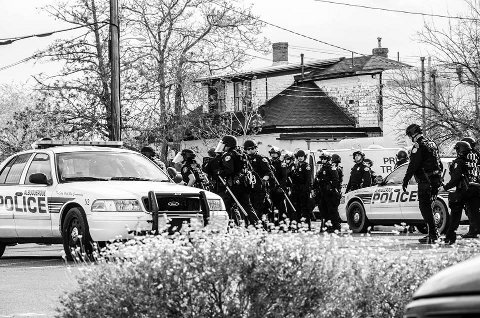Department Corrections: Reforming Apd’s Culture Of Violence Requires Radical Change
Reforming Apd’s Culture Of Violence Requires Radical Change


Zak T Photography




